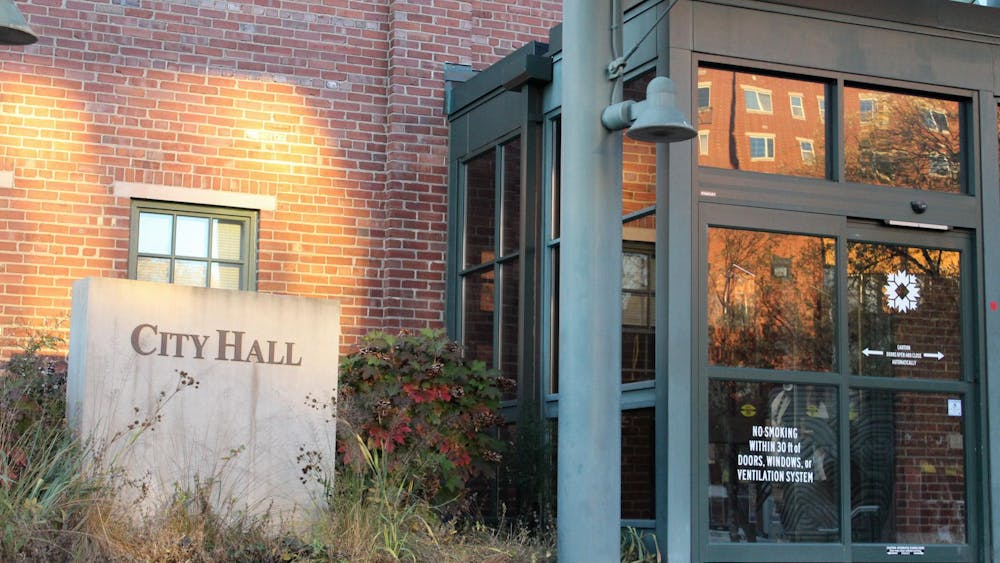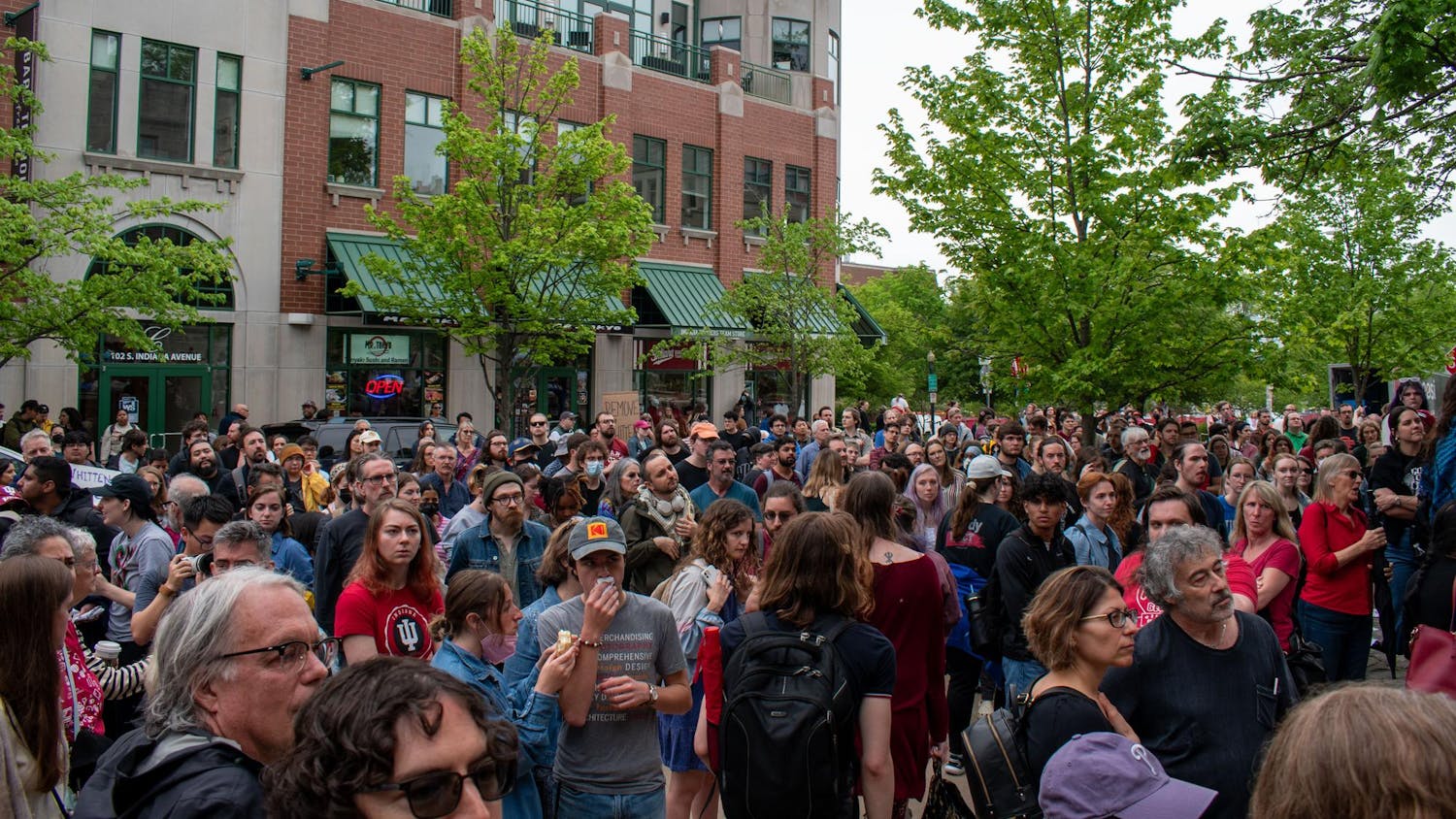Calming Oriental music played in the background as senior Jackie Nykiel moved past the large golden Buddha statues and through the ancient Buddhist temple. Suddenly, Nykiel leapt high into the air, towering above the temple and the lake surrounding it. \nThis is not a distorted "Crouching Tiger, Hidden Dragon" reality. For Nykiel and senior Lisa Reinwald, this is virtual reality. \nThe two studio arts majors designed a replica of an ancient Japanese temple and were viewing it in IU's high-tech Cave Automated Virtual Environment inside Lindley Hall.\nDimitrij Hmeljak, an analyst and programmer with the Advanced Visualization Laboratory, said the CAVE serves both teaching and research purposes. He said it is used by many groups at IU.\n"Computer science uses the CAVE for visualizing astronomic data and many other research topics that can be visualized in a 3-D environment," he said. \nBut he said the CAVE also has applications for the students who major in business, medicine, chemistry, interior design, theater and drama. \nThe CAVE is a three-dimensional environment made from three projector screens and a reflective floor, according to the University of Illinois at Chicago's Electronic Visualization Laboratory Web site, www.evl.uic.edu. Images, which are projected on each of the screens by separate projectors, are combined on the four surfaces to create a fully-immersive environment resembling a cave. Movement in the CAVE is controlled by a "wand," which acts like a three-dimensional mouse.\nHmeljak said the CAVE has a tracking system that rotates the perspective of the images based on the movement of the wand and the user's 3-D goggles. \nAs a result, when the user turns his or her head or body, the image on the screen rotates to give the illusion of "walking around" in the environment. \nMargaret Dolinsky, assistant professor and research scientist in the School of Fine Arts, teaches a computer visual arts class that uses the CAVE. She said the CAVE allows her students to view their art in a fully-immersive 3-D environment, which is preferred over the PC screens on which the displays are designed.\nDolinsky believes classes such as hers have great importance in today's computer-driven world.\n"It is important for artists to get ahold of high technology because the arts and humanities are going to become increasingly important." \nComputer Science Professor Andrew Hanson, who works with the CAVE, said he uses it for work in "virtual astronomy." \nHe said the CAVE is invaluable to his work.\n"What the CAVE provides is an immersive environment and gives us an opportunity to fully view things in 3-D and also to alter the scale of space and even time," he said. \nHanson said the computing power as well as the top-notch three-dimensional display power in the CAVE allow Hanson to convert information about the cosmos, which normally is broken down into numerical data, into highly accurate three-dimensional graphics. \nHanson maintains the CAVE is an important tool for the University.\n"The CAVE allows for understanding the overall picture of a scientific body of knowledge."\n-- Contact staff writer Michael Zennie at mzennie@indiana.edu.
IU's CAVE offers virtual reality
Get stories like this in your inbox
Subscribe





